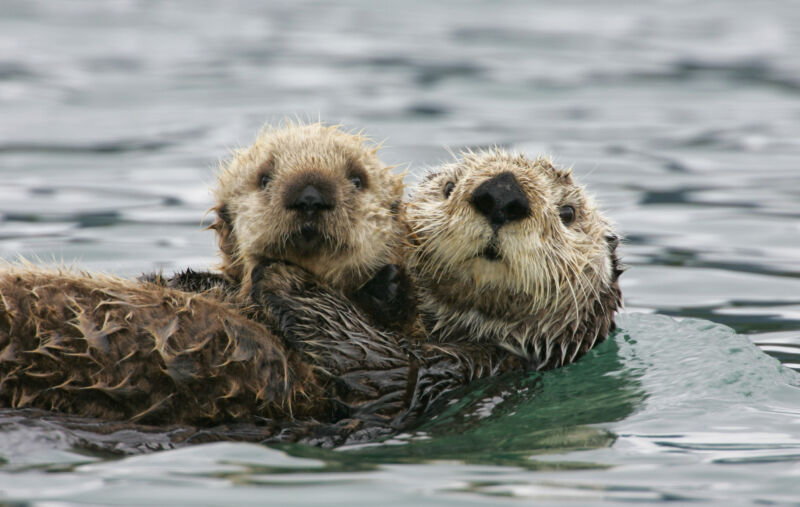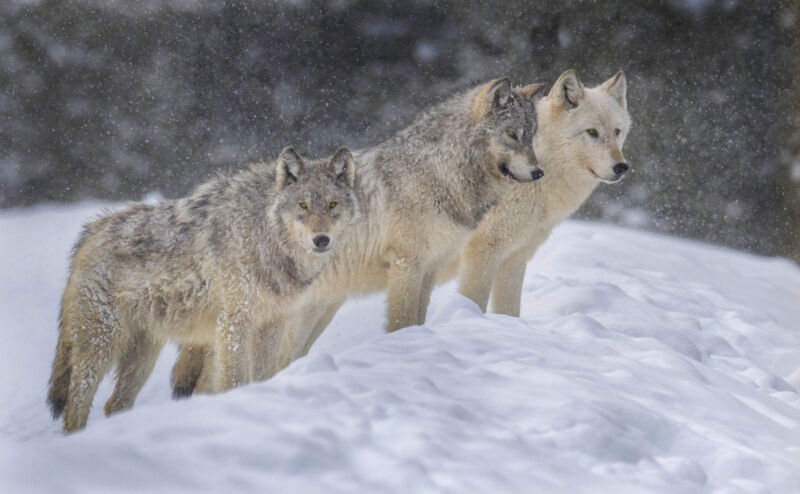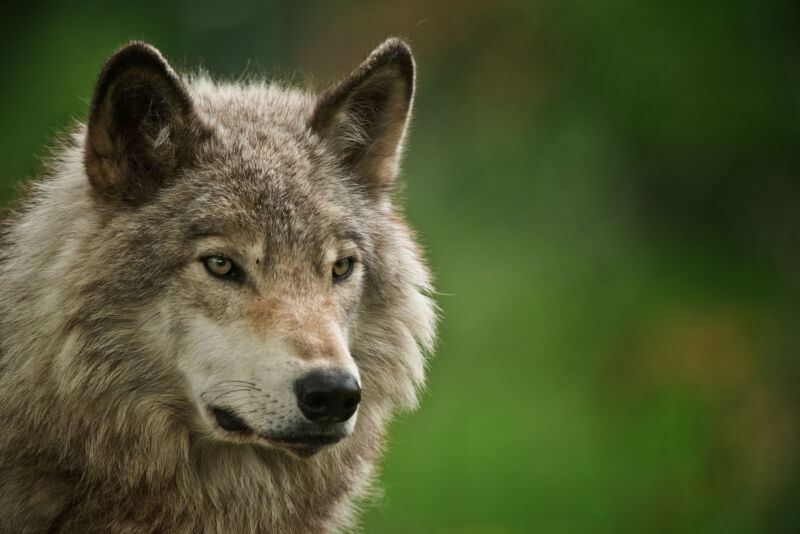-
 chevron_right
chevron_right
By learning to hunt otters, wolves decimate a deer population
news.movim.eu / ArsTechnica · Thursday, 26 January, 2023 - 15:15 · 1 minute

Enlarge / So cute yet—for some animals—so tasty. (credit: Arthur Morris )
People love otters, wolves, and deer. Respectively, they’re crafty, intelligent, and majestic. Put them all together on an island, though, and things get unpleasant pretty quickly. These are the findings of a new paper analyzing how a wolf population came to Pleasant Island in Alaska, learned to hunt otters, and, using this unexpected food source, thrived to the point of wiping out the native Sitka black-tailed deer population.
“To the best of our knowledge, the deer population is decimated. We haven't found evidence of deer recolonizing the islands,” Gretchen Roffler, wildlife research biologist for the Alaska Department of Fish and Game and an author of the paper, told Ars.
Deer diary
The deer have been on Pleasant Island for a long time. The sea otters had also been in the waters off the coast of Alaska until the fur trade killed most of them off by the late 1800s or early 1900s, Roffler said. However, the otters were declared an endangered species, and a population was reintroduced to the area in the 1960s . In the 1980s , they moved into the waters near Pleasant Island and continued to propagate.


